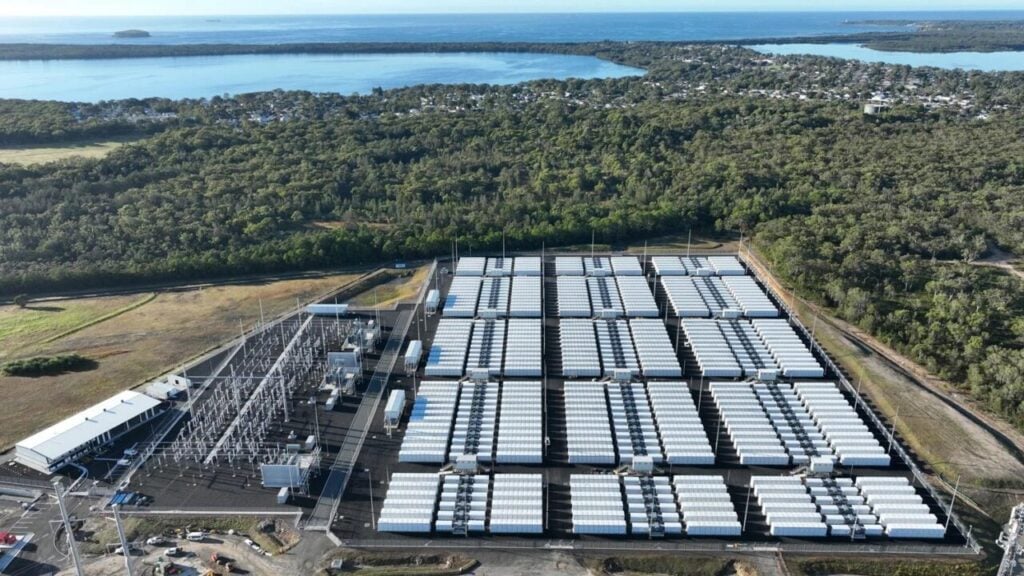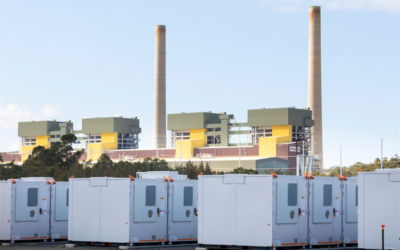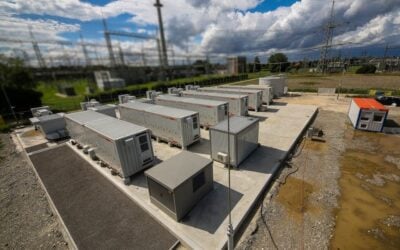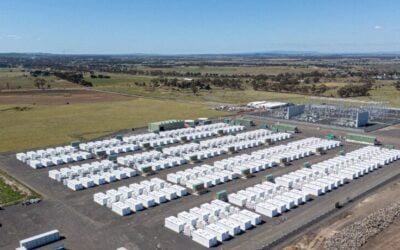
Battery energy storage systems (BESS) equipped with optimisation platforms not specifically designed for Australia’s National Electricity Market (NEM) missed revenue opportunities during the 10 October price spike, according to Sahand Karimi, co-founder and CEO of OptiGrid.
“When optimisers aren’t designed for the NEM’s unique volatility and constraint patterns, their decisions will not be optimal, especially in volatile events,” explains Karimi of BESS optimisation specialist OptiGrid.
As reported by Energy-Storage.news yesterday, the price cap event on 10 October marked the first instance in which electricity prices in New South Wales (NSW) reached the new Market Price Cap of AU$20,300/MWh (US$13,307/MWh).
This event revealed flaws in optimisation systems that use generic trading strategies across different electricity markets. These systems often fail to account for the unique 5-minute settlement (5MS) structure and complex constraint patterns present in the NEM.
Try Premium for just $1
- Full premium access for the first month at only $1
- Converts to an annual rate after 30 days unless cancelled
- Cancel anytime during the trial period
Premium Benefits
- Expert industry analysis and interviews
- Digital access to PV Tech Power journal
- Exclusive event discounts
Or get the full Premium subscription right away
Or continue reading this article for free
While some battery storage systems successfully captured revenue from the extreme pricing, others failed to maximise their potential due to algorithmic limitations that prevented optimal bidding strategies during rapid market movements.
The technical challenges became apparent as prices spiked to the updated Market Price Cap within single trading intervals, leaving little time for manual intervention.
“Given the 5-minute market granularity, some volatility events in the NEM happen very quickly, leaving little time for human traders to respond,” Karimi says.
Generic optimisation platforms typically struggle with the NEM’s rapid price movements because they lack the sophisticated scenario modelling required for effective bidding in volatile conditions.
The Australian market’s unique combination of renewable energy variability, thermal generation constraints, and network limitations creates volatility patterns that differ significantly from other global electricity markets.
“Fundamentally, intelligent bidding means considering a range of scenarios that might unfold in upcoming intervals and placing volume bids across different markets to achieve the optimal outcomes while minimising the risk of dispatch under less-ideal scenarios,” Karimi explains.
This approach requires a deep understanding of how constraint patterns interact with pricing dynamics in the NEM.
Network constraints compound optimisation challenges
Network constraints compounded the optimisation challenges, simultaneously driving the price spike and limiting some battery storage outputs.
Two outage-based constraints restricted supply from NSW generators and interstate imports while also creating binding limitations on battery dispatch through the NEM Dispatch Engine.
“Even where batteries were intended to dispatch, some couldn’t run at full capacity,” Karimi notes.
These constraint-related limitations revealed another weakness in generic optimisation systems: their inability to anticipate and respond to the interconnected nature of supply constraints and pricing volatility in the NEM.
Instead, battery storage systems using NEM-specific algorithms were better positioned to navigate these complex interactions.
The performance gap between different optimisation approaches became more pronounced as prices collapsed below -AU$600/MWh later that evening.
Battery storage systems with generic trading algorithms faced the risk of discharging at highly negative prices, potentially erasing gains from the earlier price spike. This volatility pattern is characteristic of the NEM but may not be adequately modelled in optimisation systems designed for other markets.
The algorithmic limitations exposed during the 10 October event extend beyond individual trading decisions to broader strategic positioning. Generic optimisers may not adequately account for the importance of grid connection location and quality, which proved critical when network constraints limited battery output during the price spike.
“This underlines the importance of location and grid connection in capturing rare high-price events,” Karimi concludes.
The performance disparities observed during the price cap event highlight a growing challenge for battery storage operators in the NEM: the need for optimisation systems that understand the market’s unique operational characteristics.
As Australia’s energy transition accelerates and extreme pricing events become more frequent, the limitations of generic trading algorithms will likely become more pronounced.
OptiGrid’s Karimi explored optimisation strategies for battery storage systems in Australia’s NEM in an interview with ESN Premium earlier this year.





